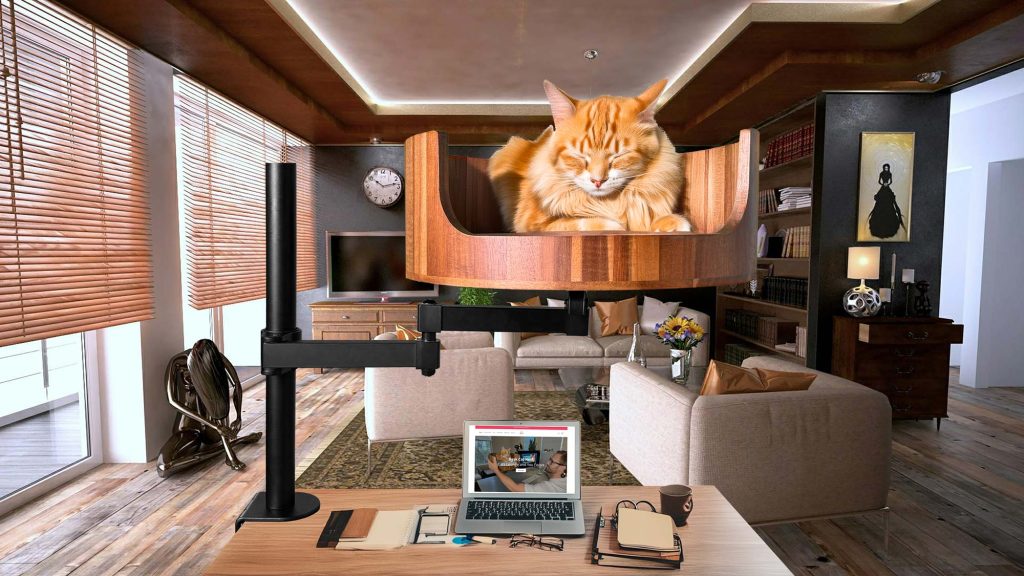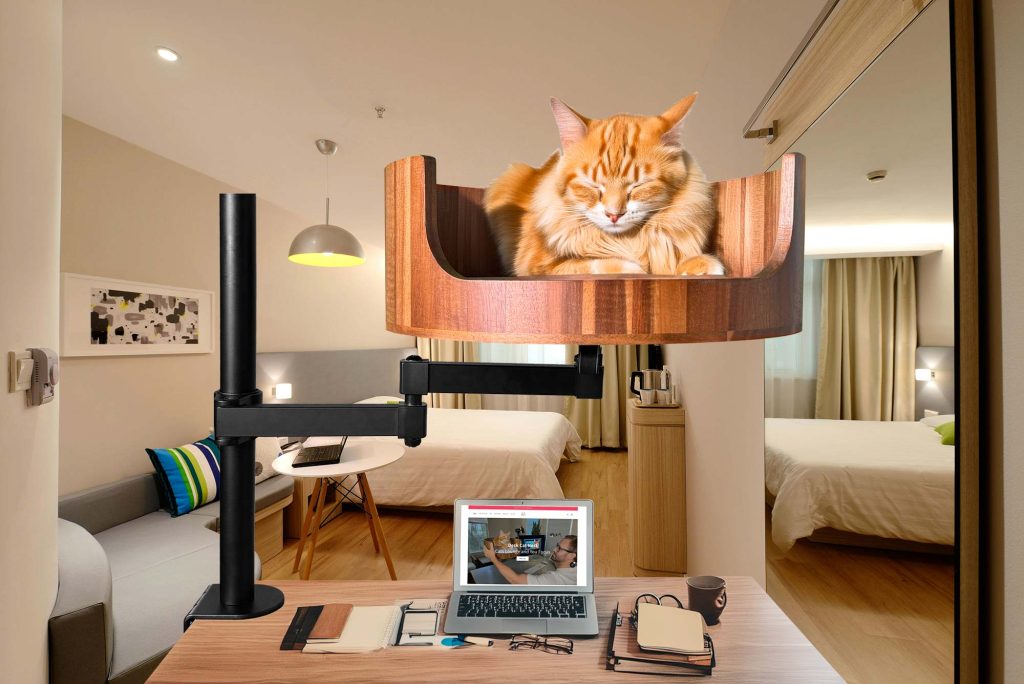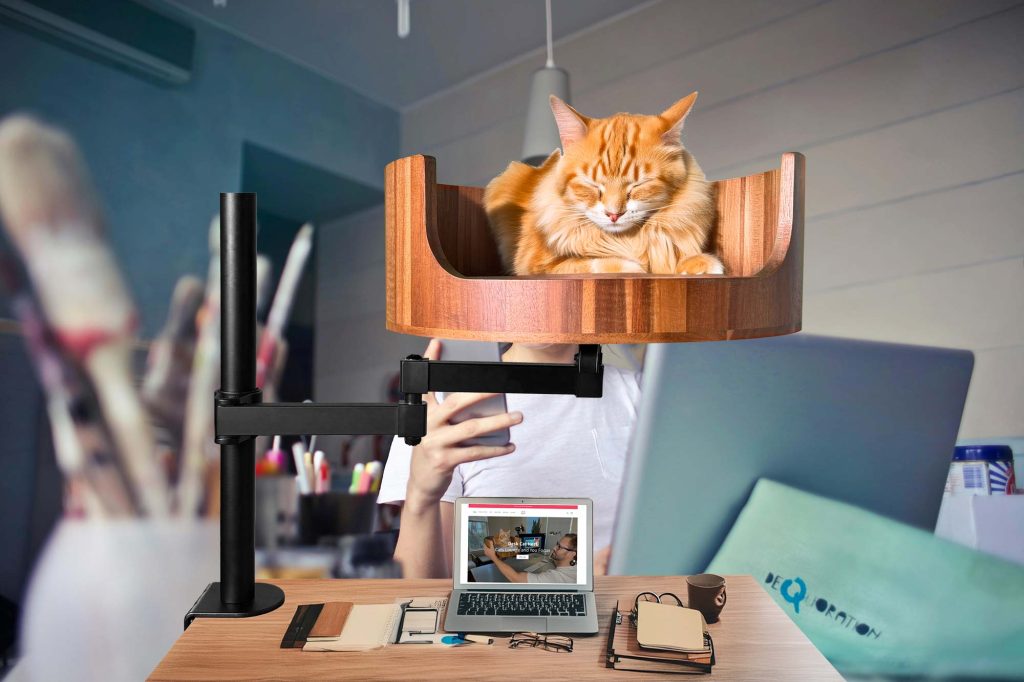Cat growling can be a concerning behavior for many pet owners, as it often signals aggression or fear in their feline companions. Understanding why cats growl and how to address this behavior is crucial for a harmonious relationship between cats and their human caregivers. In this article, we will delve into the reasons behind cat growling, explore the common triggers for this behavior, and provide strategies for effectively managing and potentially modifying it.
As natural predators, cats have a wide range of vocalizations to communicate their feelings and intentions. Growling is one such vocalization that can indicate a cat’s displeasure, territoriality, or anxiety. By learning how to interpret a cat’s growling, pet owners can better understand their feline friend’s emotional state and respond appropriately to support their well-being. Whether your cat is growling during playtime, when being approached by strangers, or when encountering other animals, this article will equip you with the knowledge and tools to navigate these situations with confidence and compassion. Additionally, we will offer insights into how to create a safe and enriching environment for your cat to minimize the occurrence of growling episodes.
1. Cat growling is a natural behavior that can signal fear, aggression, or discomfort in your feline companion.
2. Understanding the context in which your cat is growling is crucial to addressing their needs and ensuring their wellbeing.
3. It is important to approach a growling cat calmly and respectfully, avoiding sudden movements or attempts to touch them.
4. Providing a safe and comfortable environment for your cat can help reduce instances of growling and promote positive interactions.
5. Seeking guidance from a veterinarian or animal behaviorist can help address persistent or concerning growling behavior in your cat.
Causes of Cat Growling
Cat growling can be caused by a variety of reasons. It is important to understand what may trigger this behavior in your feline companion. One common cause of cat growling is fear or anxiety. Cats may growl when they feel threatened or cornered by another animal or even a person. Additionally, some cats may growl when they are in pain or discomfort. It is crucial to pay attention to your cat’s body language and surroundings to identify the root cause of their growling.
Body Language of a Growling Cat
When a cat is growling, their body language can provide valuable insights into their emotional state. A cat that is growling may have their ears pinned back, a tense body posture, and dilated pupils. They may also display other signs of aggression such as hissing, swatting, or arching their back. Understanding your cat’s body language is essential in effectively communicating with them and addressing their needs.
Dealing with Cat Growling
If your cat is growling, it is crucial to remain calm and avoid escalating the situation. Avoid approaching your cat or trying to pet them while they are growling. Instead, give them space and time to calm down. It is also important to address any underlying issues that may be causing your cat to growl, such as fear, aggression, or pain. Consulting with a veterinarian or animal behaviorist can help identify the root cause of your cat’s behavior and provide guidance on how to address it effectively.
Training and Socialization for Cats
Proper training and socialization can help prevent or mitigate cat growling behavior. Training your cat to respond to cues and commands can help establish a positive relationship based on trust and respect. Socializing your cat from a young age can also help them feel more comfortable and confident in various environments and around other animals. Providing ample opportunities for play, exercise, and mental stimulation can help prevent boredom and reduce the likelihood of aggressive behaviors like growling.
Desk Cat Nest FAQ
What is cat growling?
Cat growling is a vocalization that cats use to communicate fear, aggression, or discomfort. It is a warning sign that your cat may be feeling threatened or stressed.
How can a Desk Cat Nest help with cat growling?
A Desk Cat Nest provides a safe and cozy space for your cat to retreat to when feeling anxious or threatened. This designated space can help reduce the frequency of growling episodes by giving your cat a sense of security.
Will a Desk Cat Nest work for all cats who growl?
While a Desk Cat Nest can be beneficial for many cats who growl due to stress or anxiety, it may not completely eliminate the behavior in all cases. It is important to also address the root cause of your cat’s growling through behavior modification and environmental enrichment.
How should I introduce my cat to the Desk Cat Nest?
It is best to introduce the Desk Cat Nest slowly and positively to your cat. Place their favorite blanket or toys inside the nest to make it inviting. Encourage your cat to explore the nest on their own terms and reward them with treats or praise for using it.
Can a Desk Cat Nest be used with other behavior modification techniques?
Yes, a Desk Cat Nest can be used in conjunction with other behavior modification techniques such as desensitization training, positive reinforcement, and environmental enrichment. It is important to create a holistic approach to addressing your cat’s growling behavior.
In conclusion, investing in a Desk Cat Bed is a valuable choice for cat owners dealing with growling behavior in their furry friends. Providing a safe and cozy space for your cat to retreat to can help reduce stress and anxiety, ultimately decreasing the likelihood of aggressive behavior such as growling. The elevated design of the Desk Cat Bed not only gives your cat a sense of security but also allows them to survey their surroundings and feel in control of their space. Additionally, the soft and comfortable cushioning of the bed will ensure your cat’s utmost comfort while they relax and unwind. By incorporating a Desk Cat Bed into your home, you can create a peaceful environment for your feline companion and help them feel more at ease, leading to a happier and healthier relationship between you and your pet.


